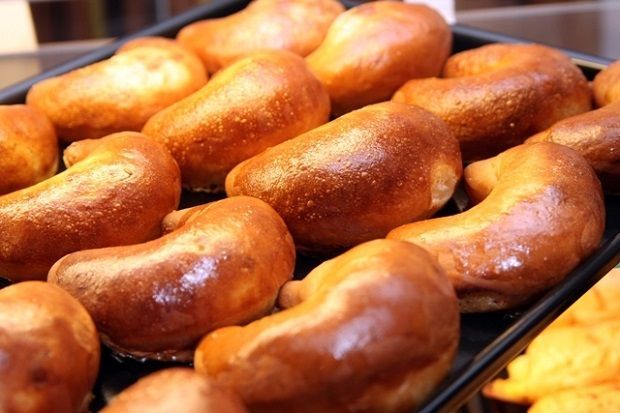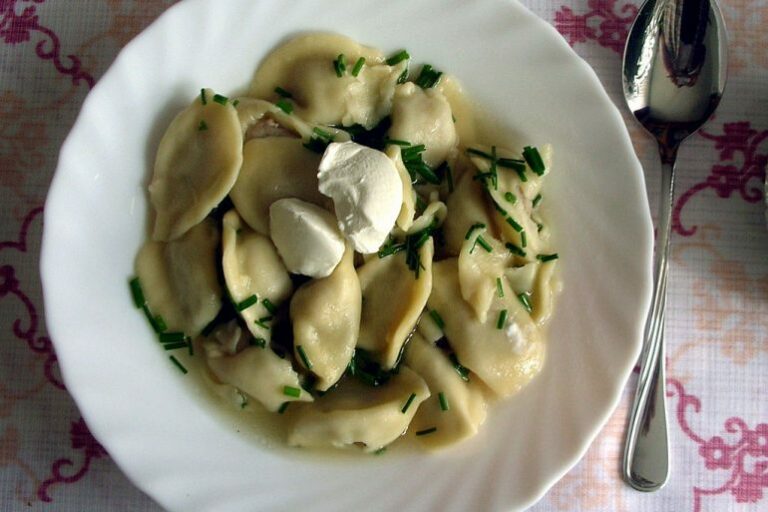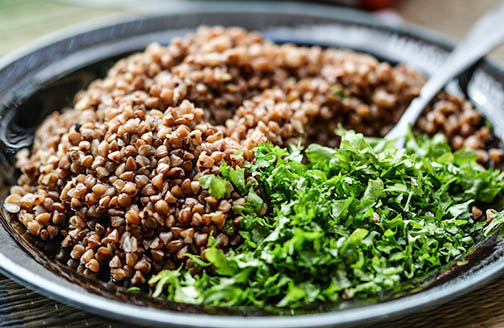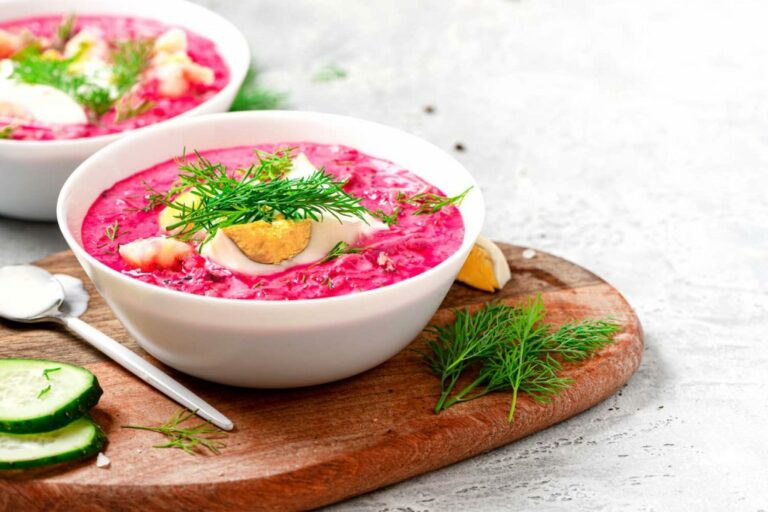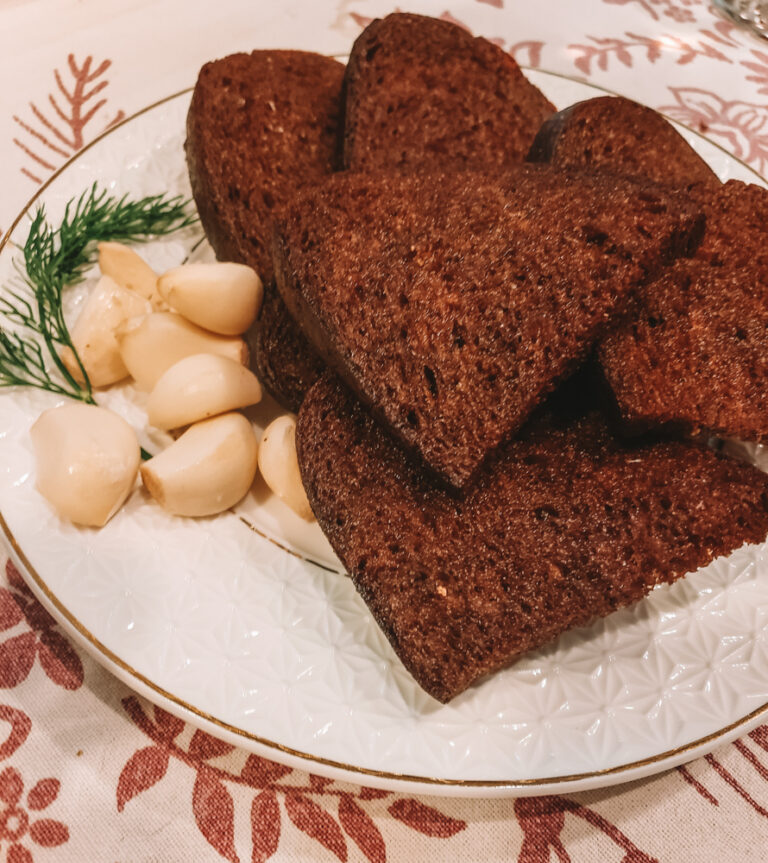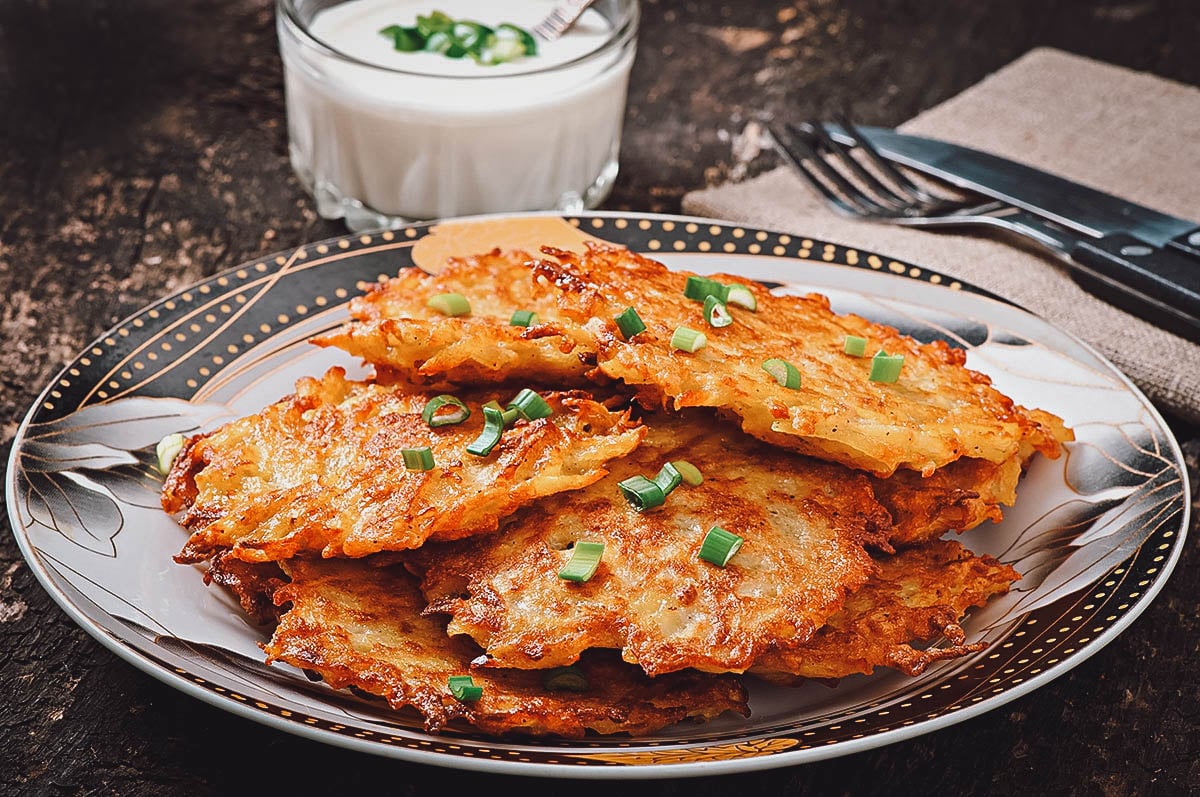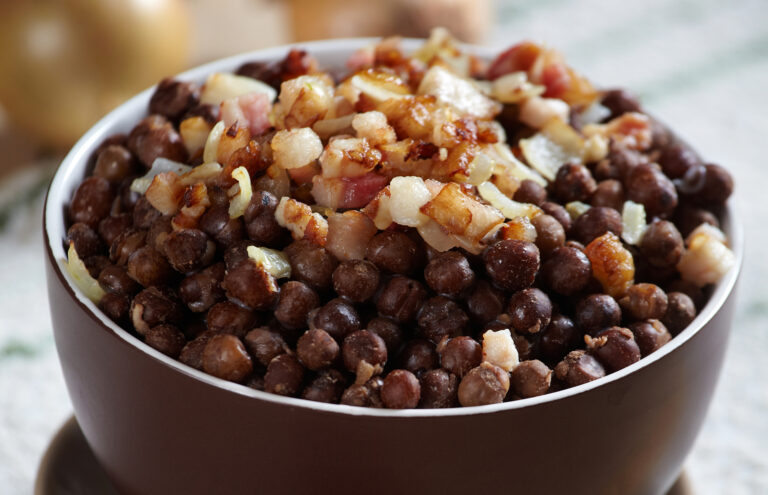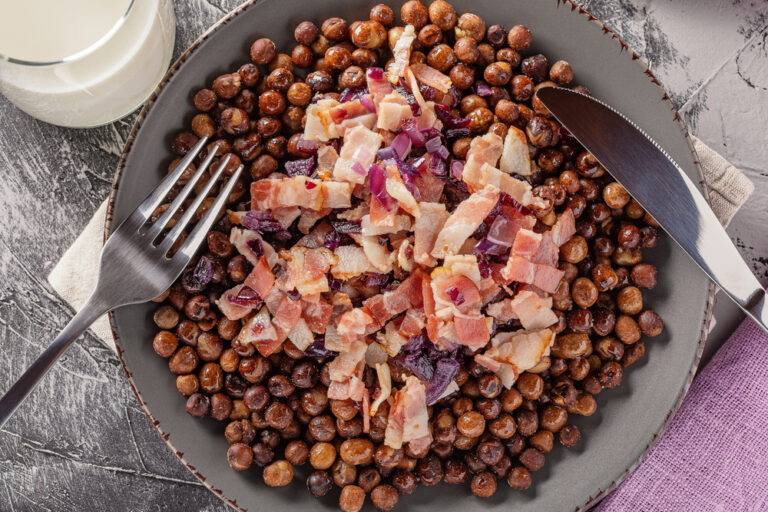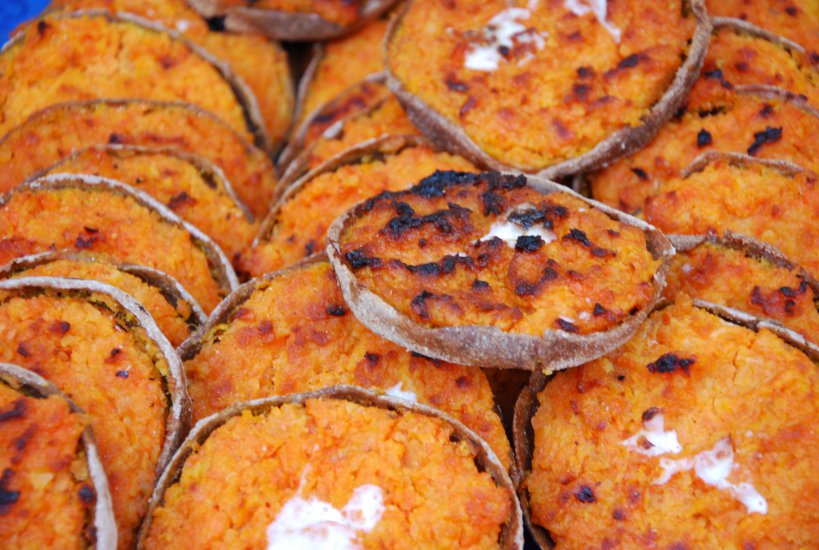Introduction to Latvian Cuisine
Latvian cuisine is a reflection of the country’s history and cultural influences. Located in Northern Europe, Latvia is known for its cold climate, which has shaped the food culture of the region. Latvian cuisine is characterized by the usage of local ingredients and traditional cooking techniques. The cuisine is hearty and comforting, with an emphasis on simple, rustic flavors.
Traditional Dishes of Latvia
One of the most popular traditional dishes in Latvia is the potato dish, which is made with various ingredients such as bacon, mushrooms, and onions. Another traditional dish is the Latvian grey peas, which is a rich stew made with smoked bacon, onions, and dried peas. Another popular dish is the Latvian sausage, which is made with pork and a blend of spices.
The Importance of Rye Bread
Rye bread is an essential part of Latvian cuisine, and it is often served with every meal. Rye bread is a staple food in Latvia, and it is made from a blend of rye flour and wheat flour. The bread has a dense, chewy texture and a slightly sour taste. Latvian rye bread is often topped with butter, cheese, or boiled eggs.
Latvian Dairy and Meat Products
Dairy products are a key ingredient in Latvian cuisine. The country is known for its high-quality dairy products, including butter, cheese, and sour cream. These dairy products are often used in traditional dishes such as potato pancakes and stuffed cabbage rolls. Meat products are also an important part of Latvian cuisine, with pork and beef being the most popular. Latvian sausages and smoked meats are highly regarded for their flavor and quality.
Fish in Latvian Cuisine
Latvia is located on the coast of the Baltic Sea, and fish is a popular ingredient in Latvian cuisine. Freshwater fish such as trout and carp are often used in traditional dishes, and smoked fish is a popular snack. The most famous Latvian fish dish is the smoked eel, which is served with potatoes and sour cream.
The Influence of Neighboring Countries
Latvian cuisine is influenced by neighboring countries such as Russia, Sweden, and Germany. The country was under Soviet rule for many years, and Russian cuisine has had a significant impact on Latvian cuisine. Latvian cuisine also has similarities with Scandinavian cuisine, particularly in the use of fish and dairy products. German cuisine has also had an influence on Latvian cuisine, particularly in the use of sausages and smoked meats.

